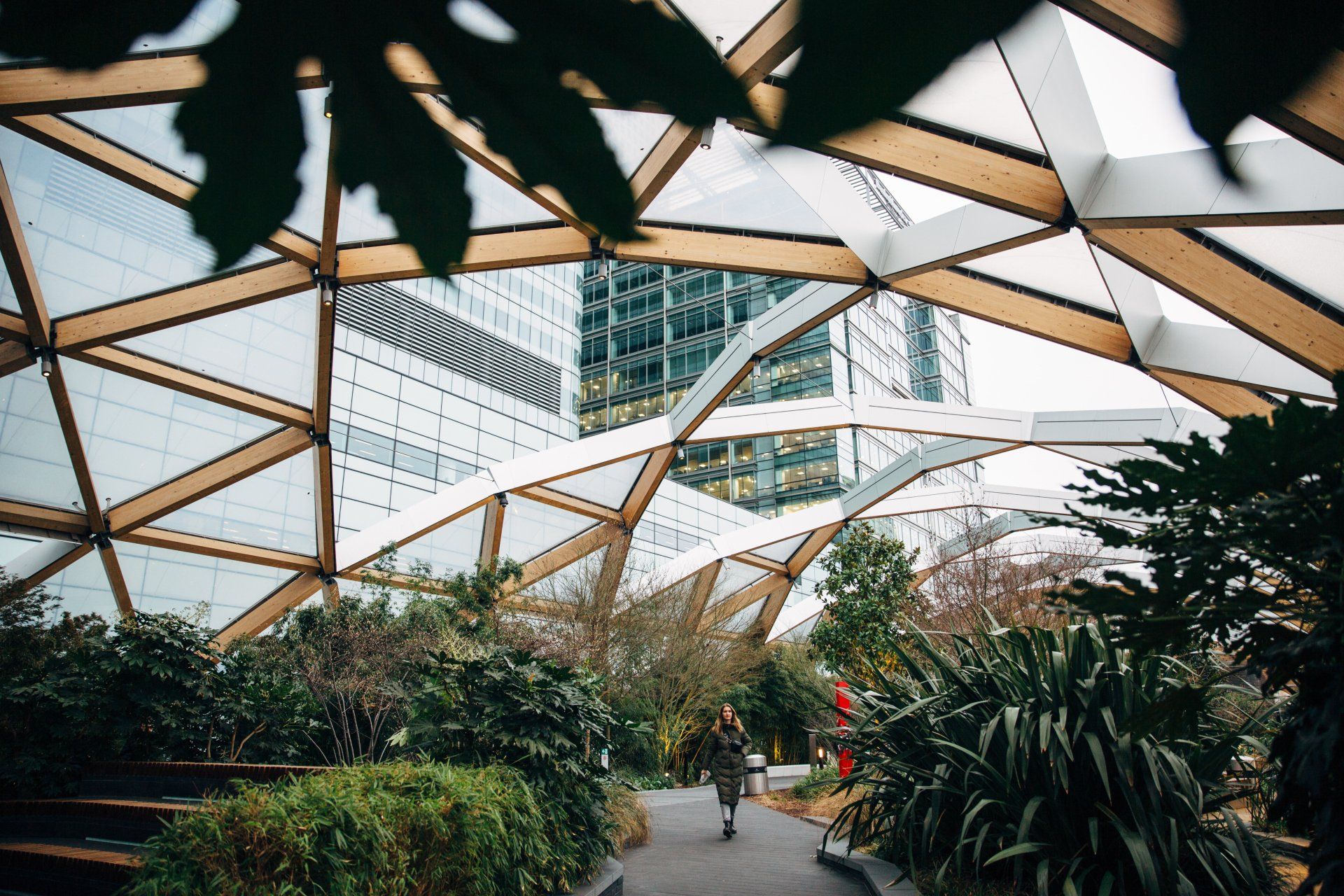The Prime Minister has set out the UK’s ten-point plan to tackle climate change, deliver net zero, and launch a “green industrial revolution “.
Eradicating contributions to climate change
Boris Johnson says the new plans will create and support up to 250,000 British jobs while allowing the UK to “forge ahead with eradicating its contribution to climate change by 2050” in the lead-up to the COP26 climate summit being hosted in Glasgow next year.
Prime Minister Boris Johnson said: “Although this year has taken a very different path to the one we expected, I haven’t lost sight of our ambitious plans to level up across the country. My Ten Point Plan will create, support, and protect hundreds of thousands of green jobs, whilst making strides towards net zero by 2050.
Green industrial revolution
The new strategy will see £12 billion of government investment spent on developing new technologies, expanding renewable infrastructure, and facilitating major shifts towards a more sustainable way of life – this capital injection is expected to leverage more than three times as much private sector investment by 2030.
The blueprint is based around key projects to take place in the “UK’s industrial heartlands” of the North East, Yorkshire, and the Humber, West Midlands, Scotland, and Wales.
Prime Minister Boris Johnson said: “Our green industrial revolution will be powered by the wind turbines of Scotland and the North East, propelled by the EVs made in the Midlands and advanced by the latest technologies developed in Wales, so we can look ahead to a more prosperous, greener future.”
The ten-point plan
- Quadrupling offshore wind capacity to 40 gigawatts so it can power every home in the country by 2030.hksoj;.lsmd.md.m
- Generating 5 gigawatts of low carbon hydrogen production capacity for use in industry, transport, power, and homes by 2030. Alongside this, the first town heated entirely by hydrogen will be developed. Up to £500 million will be spent on this, of which £240 million will go into new hydrogen production facilities .kkkkkkkkkkkkkkkkkkkkkkkkkkkkkkkkkkkkkkkkkk
- Advancing large scale nuclear and developing the next generation of small and advanced reactors with £525 million of new funding. aaaaaaaaaaaaaaaaaaaaaaaaaaaaaaaaaaaaaaaaaaaaaaaaaaaaaaaaaaaaaaaaaaaaaaaaaaaaaaaaaaaa
- Supporting electric vehicle (EV) manufacturing across the West Midlands, North East, and North Wales and transforming our national infrastructure to better support adoption. The government says it will dedicate £1.3 billion to accelerate the rollout of charge points and £582 million in grants for those buying zero or ultra-low emission vehicles. Nearly £500 million will be spent over the next four years to develop and scale-up the production of EV batteries. aaaaaaaaaaaaaaaaaaaaaaaaaaaaaaaaaaaaaaaaaaaaaaaaaaaaaaaaaaaaaaaaaaaaaaaaaaaaaaaaaaaaaa
- Making clean public transport, cycling, and walking more attractive ways to travel, while phasing out petrol and diesel cars from 2030. aaaaaaaaaaaaaaaaaaaaaaaaaaaaaaaaaaaaaaaaaaaaaaaaaaaaaaaaaaaaaaaaaaaaaaaaaaaaaaaaa
- Funding research projects for zero-emission planes and ships. aaaaaaaaaaaaaaaaaaaaaaaaaaaaaaaaaaaaaaaaaaaaaaaaaaaa
- Making homes, schools, and hospitals greener, warmer and more energy efficient. Including installing 600,000 heat pumps every year by 2028, using around £1 billion of funding next year. aaaaaaaaaaaaaaaaaaaaaaaaaaaaaaaaaaaaaa
- Becoming a world-leader in technology to capture and store emissions, with a target to remove 10MT of carbon dioxide by 2030. An extra £200 million of new funding will be used to create two carbon capture clusters by the mid-2020s, with another two set to be created by 2030. This increases the total invested in such technologies to £1 billion. aaaaaaaaaa
- Protecting and restoring our natural environment and planting 30,000 hectares of trees every year. aaaaaaaaaaaaaaaaaaaaaaaaaa
- Boosting innovation and establishing the City of London as the global centre of green finance.
Reaching future net zero
The commitments aim to send a “clear signal to industries across the British economy to invest in the UK” and the government says they mark the beginning of the UK’s path to net zero.
British Gas Business solutions
Our focus is on enabling businesses to transition to a lower carbon future. We’re innovating and providing a range of new products and services that can help your business reach future net zero – including workplace electric vehicle charging points and our green energy plan.




